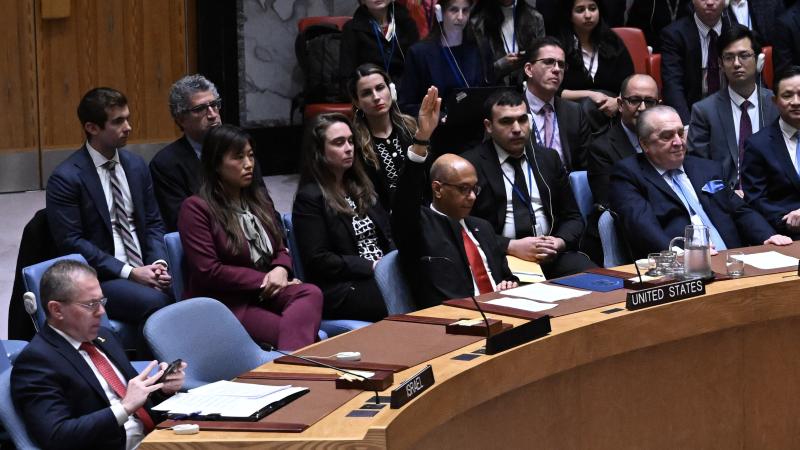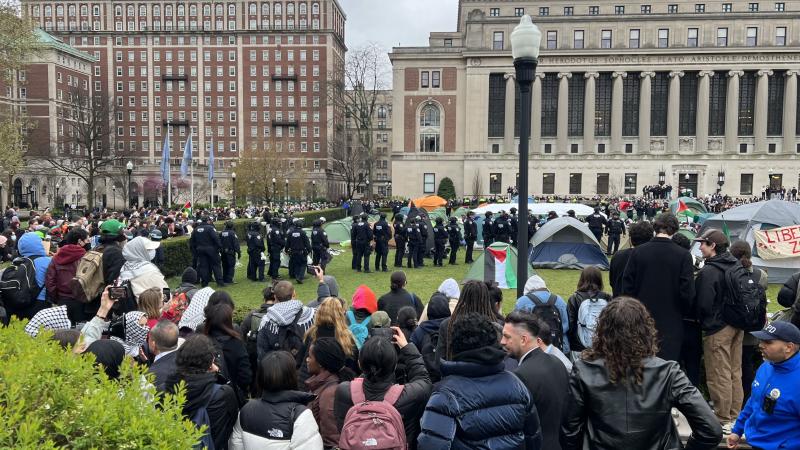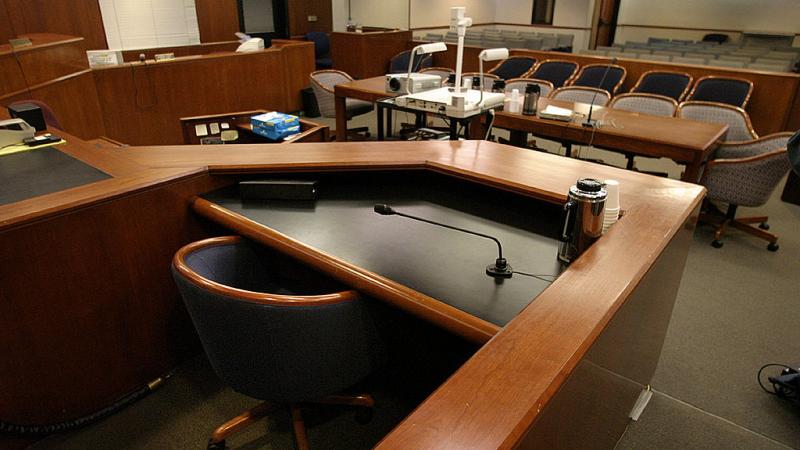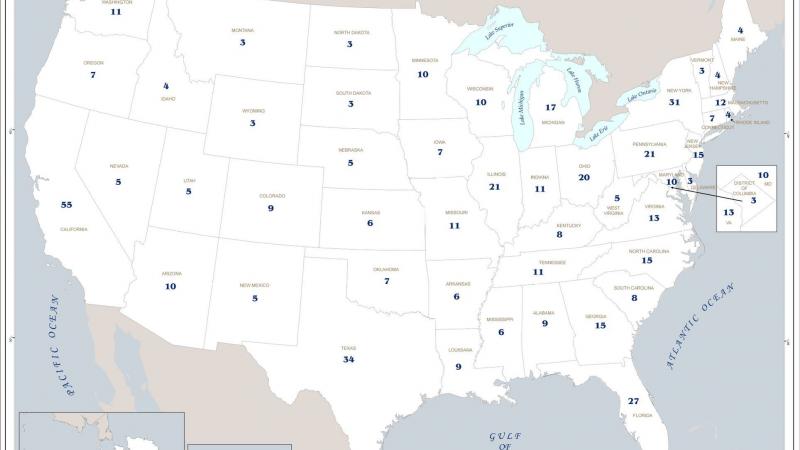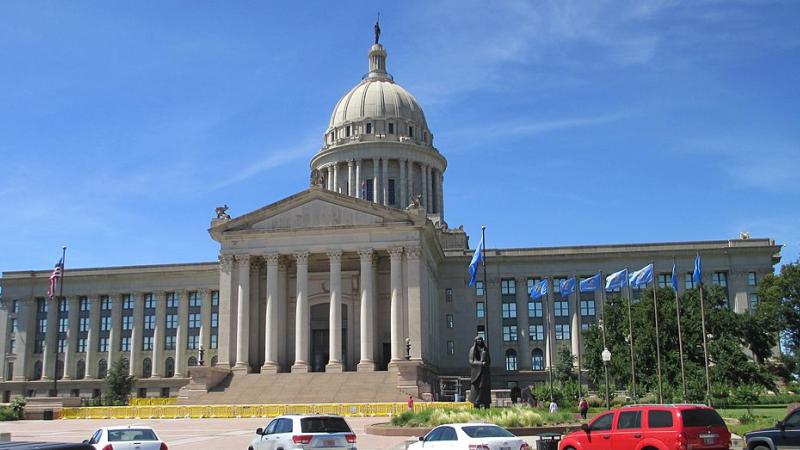Big Bang Scary: U.S. concerns persist about ammonium nitrate that leveled Oklahoma City, Beirut
The common fertilizer ingredient could be 'stolen and used to build an improvised explosive device,' GAO warns.
Ammonium nitrate, the common fertilizer ingredient Timothy McVeigh used in his Oklahoma City bomb and the suspected cause of last week's deadly Beirut blast, remains a high-priority security concern inside the United States, where officials have worried over the years that they do not have a full grasp on stockpiles.
More than a half dozen federal reports in the last decade have flagged lingering concerns about the security, shipment, storage and tracking of the widely available fertilizer ingredient, a Just the News review has found.
For instance, several Government Accountability Office reports flagged weaknesses and backlogs in a Department of Homeland Security program known as CFATS designed to inspect and better secure U.S. facilities that store dangerous chemicals like ammonium nitrate. In an August 2018 letter to the Senate Homeland Security and Governmental Affairs Committee, for example, GAO wrote:
Thousands of facilities that produce, use, or store hazardous chemicals could be targeted or used by terrorists to inflict mass casualties, damage, and fear. These chemicals could be released from a facility to cause harm to surrounding populations; they could be stolen and used as chemical weapons or as their precursors (the ingredients for making chemical weapons); or they could be stolen and used to build an improvised explosive device.
Just last year, Attorney General William Barr and the Bureau of Alcohol, Tobacco, Firearms and Explosives updated ATF rules on how far away ammonium nitrate must be stored from explosives after discovering the government's current regulatory guidance was outdated:
The Department of Justice is amending the regulations of the Bureau of Alcohol, Tobacco, Firearms, and Explosives (ATF) to remove the reference to an outdated guidance document in an explanatory note following the table of separation distances of ammonium nitrate and blasting agents from explosives or blasting agents. This final rule also clarifies that those separation distance requirements apply to all ammonium nitrate.
It was a decade ago that Homeland's Cybersecurity and Infrastructure Security Agency (CISA) created the Ammonium Nitrate Security Program to "regulate the sale and transfer of ammonium nitrate by an ammonium nitrate facility ... to prevent the misappropriation or use of ammonium nitrate in an act of terrorism."
Since that time, federal efforts to shore up its security have been uneven or slow in some circumstances even though the fertilizer ingredient was used by McVeigh to kill 168 Americans at the Alfred P. Murrah building in Oklahoma City in 1995. HIs fertilizer and fuel bomb used just over two tons of ammonium nitrate; the warehouse that blew up in Beirut last week is believed to have contained more than 1,000 times that amount.
GAO said the potential danger of ammonium nitrate was also evident in a 2013 explosion at a fertilizer storage and distribution facility in West, Texas, which killed 15 people and severely damaged or leveled 193 homes.
A 2014 GAO report found federal agencies were slow to address security and safety concerns.
"Federal data provide insight into the number of facilities in the United States with ammonium nitrate but do not provide a complete picture because of reporting exemptions and other data limitations," GAO warned at the time.
"The Occupational Safety and Health Administration (OSHA) and the Environmental Protection Agency (EPA) do not require facilities to report their ammonium nitrate holdings. The Department of Homeland Security (DHS) requires facilities with certain quantities of ammonium nitrate to report their holdings for security purposes."
Since that warning, the government stepped up data collection and site inspections, but still red flags have been raised.
"Although there have been program improvements in recent years, questions remain about the progress DHS has made implementing changes to the program and the extent to which CFATS is ensuring that the highest-risk chemical facilities are more secure as a result," a 2018 GAO report warned.
GAO says Homeland has done a better job inspecting facilities and clearing a backlog of facilities using ammonium nitrate and similarly hazardous chemicals that needed to be inspected, but some vulnerabilities linger.
For instance, GAO found in 2018 that Homeland's "performance measure methodology does not measure reduction in vulnerability at a facility resulting from the implementation and verification of planned security measures during the compliance inspection process."
In other words, federal officials don't know how much high-risk facilities have reduced their vulnerabilities.
In February 2019, GAO warned in congressional testimony that not enough of Homeland's chemical danger data is shared with local first responders and emergency planners. "These stakeholders may not have all of the information they need to minimize the risk of injury or death when responding to incidents at high-risk facilities," it warned.
Homeland officials say they have begun reaching out to responders to get the data they need.
Likewise, Labor Department officials have begun working on ways to increase safety at fertilizer plants.
"DOL launched a new targeted inspection program to address hazards from exposure to fertilizer-grade ammonium nitrate and agricultural anhydrous ammonium," the GAO reported last year. "This will help the fertilizer industry better understand how to comply with existing regulations and may reduce the potential for related future catastrophic incidents involving these hazardous chemicals."
Late last year, the government declassified and made public a document showing that the Energy Department's Sandia National Laboratory worked with several federal law enforcement and security agencies back in 2015 to see how much ammonium nitrate would be needed to detonate a bomb.
The experts concluded just one pound of the fertilizer substance could cause a detonation and that a fertilizer mix with just 10% to 15% of ammonium nitrate could be used.
"This technical panel determined that all mixtures with 1 lb of fertilizer/fertilizer mixture were detonable based on the test diagnostics and that a minimum detonable level of 10% AN by weight can be technically defended by DHS/ANSP, providing a small margin of safety beyond the 15% level, which showed a weak detonation," the report said.
The report also identified six gaps in scientific knowledge about the detonation capabilities of ammonium nitrate that could still affect terrorism concerns.
"The parametric test campaigns did not exhaustively test all combinations under all of possible test conditions, but selected those materials and conditions realistic to terrorism bomb design and/or favorable to support detonation as an appropriate and conservative measure to determine thresholds," the report explained.

